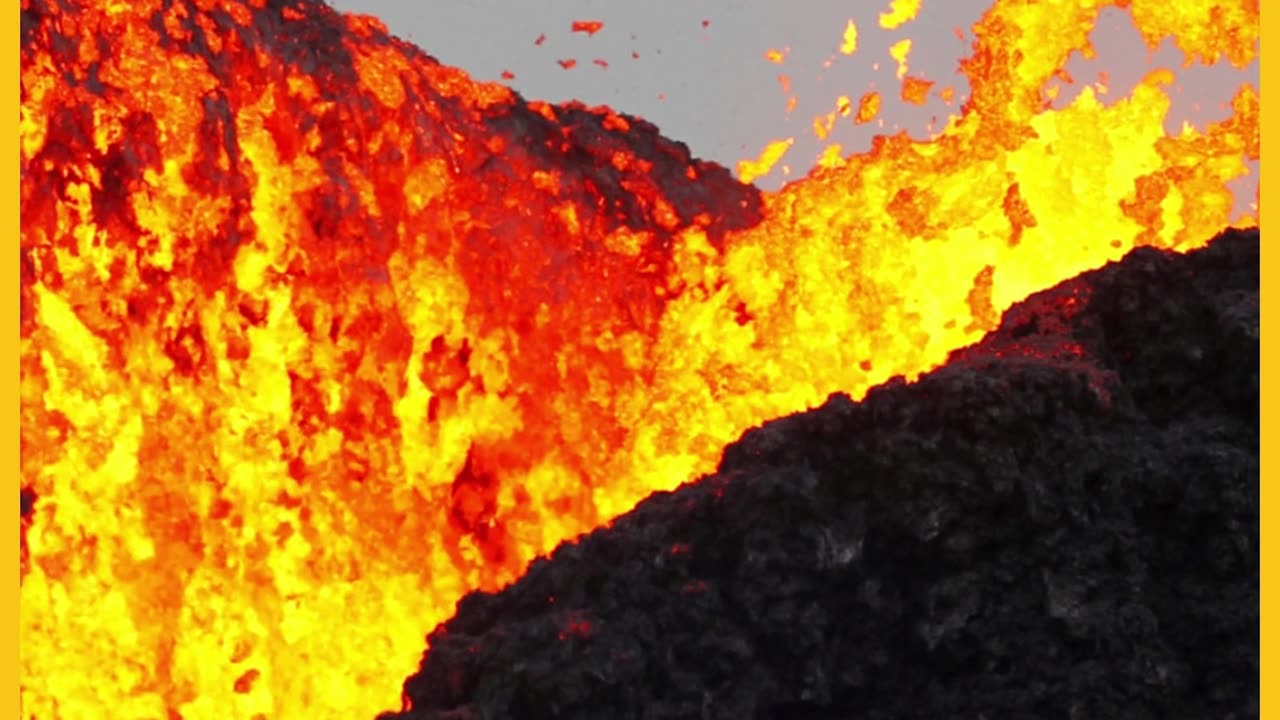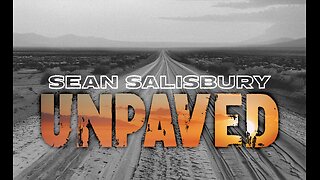Premium Only Content

Where Volcanos come from
Music by Suspenseful Cinematic Sting
View more by SUBMORITY from pixabay and Cool Revenge
Jeremy Blake.
Editor's Note: This article originally appeared in the October 2005 issue of Scientific American.
In May 1972 a worker at a nuclear fuel–processing plant in France noticed something suspicious. He had been conducting a routine analysis of uranium derived from a seemingly ordinary source of ore. As is the case with all natural uranium, the material under study contained three isotopes— that is to say, three forms with differing atomic masses: uranium 238, the most abundant variety; uranium 234, the rarest; and uranium 235, the isotope that is coveted because it can sustain a nuclear chain reaction. Elsewhere in the earth’s crust, on the moon and even in meteorites, uranium 235 atoms make up 0.720 percent of the total. But in these samples, which came from the Oklo deposit in Gabon (a former French colony in west equatorial Africa), uranium 235 constituted just 0.717 percent. That tiny discrepancy was enough to alert French scientists that something strange had happened. Further analyses showed that ore from at least one part of the mine was far short on uranium 235: some 200 kilograms appeared to be missing— enough to make half a dozen or so nuclear bombs.
A volcano is a rupture in the crust of a planetary-mass object, such as Earth, that allows hot lava, volcanic ash, and gases to escape from a magma chamber below the surface. On Earth, volcanoes are most often found where tectonic plates are diverging or converging, and because most of Earth's plate boundaries are underwater, most volcanoes are found underwater. For example, a mid-ocean ridge, such as the Mid-Atlantic Ridge, has volcanoes caused by divergent tectonic plates whereas the Pacific Ring of Fire has volcanoes caused by convergent tectonic plates. Volcanoes can also form where there is stretching and thinning of the crust's plates, such as in the East African Rift and the Wells Gray-Clearwater volcanic field and Rio Grande rift in North America. Volcanism away from plate boundaries has been postulated to arise from upwelling diapirs from the core–mantle boundary, 3,000 kilometers deep within Earth.
-
 LIVE
LIVE
The Quartering
2 hours agoKarmelo Anthony Buys $150,000 Cadillac, Maryland Man Psyop, Blue Origin Flight FAKED & More
21,865 watching -
 1:29:10
1:29:10
The Sage Steele Show
6 hours agoBen Carson | The Sage Steele Show
3.61K1 -
![Rumble Gaming Talk [LIVE from DC] - #RumbleGaming](https://1a-1791.com/video/fww1/89/s8/1/d/p/E/C/dpECy.0kob.1-small-Rumble-Gaming-Talk-LIVE-fro.jpg) 1:01:59
1:01:59
LumpyPotatoX2
3 hours agoRumble Gaming Talk [LIVE from DC] - #RumbleGaming
20.8K -
 20:55
20:55
Bearing
7 hours agoLIKE OMG!! KATY PERRY LIKE TOTALLY JUST CONQUERED SPACE!! 😝🚀🙀
9.47K48 -
 1:25:05
1:25:05
Nick Freitas
2 hours agoDOGE Watch
5.63K1 -
 1:12:34
1:12:34
Tucker Carlson
2 hours agoMaxime Bernier: Trump’s Tariffs, Mass Immigration, and the Oncoming Canadian Revolution
80.3K60 -
 LIVE
LIVE
Akademiks
1 hour agoDay 1/30. Tay K gets 80 Years in Prison. Offset P*ped out Moneybagg yo Girl. Cardi Confirms.
2,110 watching -
 1:08:46
1:08:46
Russell Brand
4 hours ago“Trans Women NOT Legally Women,” Supreme Court Declares – SF567
127K141 -
 1:03:32
1:03:32
Sean Unpaved
3 hours agoTodd McShay Breaks Down the 2025 NFL Draft
38.8K -
 49:07
49:07
Ben Shapiro
3 hours agoEp. 2180 - IMMIGRATION FIGHT: Will Salvadoran Illegal Immigrant Return?
46.8K25